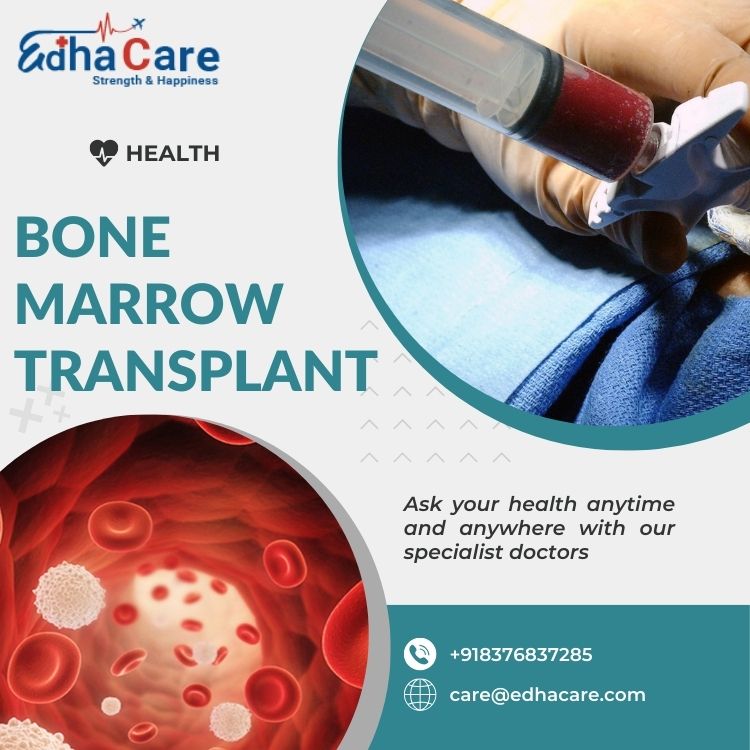A bone marrow transplant, also known as a hematopoietic stem cell transplant, is a complex medical procedure that replaces damaged or destroyed bone marrow with healthy stem cells. It's a lifeline for patients with various life-threatening conditions, including leukemia, lymphoma, multiple myeloma, and aplastic anemia. Understanding the process can alleviate anxiety and provide clarity for those facing this challenging journey. Here's a step-by-step breakdown of the bone marrow transplant working procedure:
1. Initial Evaluation and Consultation:
The journey begins with a comprehensive evaluation by a transplant specialist. This involves:
- Medical History Review: A thorough examination of the patient's medical history, including previous treatments and current health status.
- Physical Examination: A detailed physical assessment to evaluate overall health.
- Diagnostic Tests: Blood tests, imaging studies (like CT scans and MRIs), and bone marrow biopsies are performed to determine the extent of the disease and assess the patient's eligibility for a transplant.
- Donor Search (if applicable): If an allogeneic transplant (using donor cells) is needed, a search for a suitable donor begins. This may involve family members or unrelated donors through registries.
- Psychosocial Evaluation: Assessing the patient's emotional and psychological readiness for the transplant process.
2. Donor Stem Cell Collection:
The method of stem cell collection depends on the type of transplant and donor:
- Bone Marrow Harvest: For bone marrow transplants, the donor undergoes a minor surgical procedure where bone marrow is extracted from the pelvic bones under anesthesia.
- Peripheral Blood Stem Cell Collection (PBSC): This is the most common method. The donor receives injections of growth factors to stimulate stem cell production, and then blood is collected through a process called apheresis, where stem cells are separated and collected.
- Cord Blood Collection: Stem cells can also be collected from umbilical cord blood after delivery.
3. Conditioning Therapy:
Before the transplant, the patient undergoes conditioning therapy, which prepares the body for the new stem cells. This typically involves:
- High-dose Chemotherapy: This destroys the existing bone marrow and cancer cells.
- Radiation Therapy (sometimes): Total body irradiation may be used in some cases to further eliminate cancer cells.
- Immunosuppressive Therapy: This helps prevent the body from rejecting the transplanted stem cells.
4. Stem Cell Infusion:
Once conditioning therapy is complete, the collected stem cells are infused into the patient's bloodstream through a central venous catheter, similar to a blood transfusion. The stem cells then migrate to the bone marrow, where they begin to grow and produce new blood cells.
5. Post-Transplant Recovery and Monitoring:
The recovery period is crucial and requires close monitoring:
- Engraftment: This is the process where the transplanted stem cells begin to produce new blood cells. It typically takes several weeks.
- Immunosuppression: Medications are given to prevent graft-versus-host disease (GVHD), a complication where the donor's immune cells attack the recipient's tissues.
- Infection Prevention: Due to a weakened immune system, patients are at high risk of infection. Strict hygiene practices and prophylactic medications are essential.
- Supportive Care: This includes blood transfusions, nutritional support, and management of side effects.
- Regular Check-ups: Ongoing monitoring is necessary to assess the success of the transplant and manage any complications.
6. Long-Term Follow-up:
Even after recovery, patients require long-term follow-up to monitor for late complications, such as GVHD, infections, and secondary cancers. Regular blood tests, physical examinations, and imaging studies are part of this ongoing care.
A bone marrow transplant is a demanding process, but it offers a chance for a renewed life. With advancements in medical technology and supportive care, the success rates for bone marrow transplants continue to improve, bringing hope to patients and their families.
Other treatment information are also available by specialty:
https://www.edhacare.com/treatments/organ-transplant/bone-marrow
https://bone-marrow-transplant.weebly.com/
https://sites.google.com/view/bmt-bone-marrow-transplant/home
https://www.edhacare.com/blogs/bone-marrow-transplant-icd-10/
https://form.jotform.com/250550686065055
https://www.zillow.com/profile/edhacarebmt
https://elearning.adobe.com/profile/Bonemarrow
https://www.indiegogo.com/projects/--3165980/coming_soon





Comments